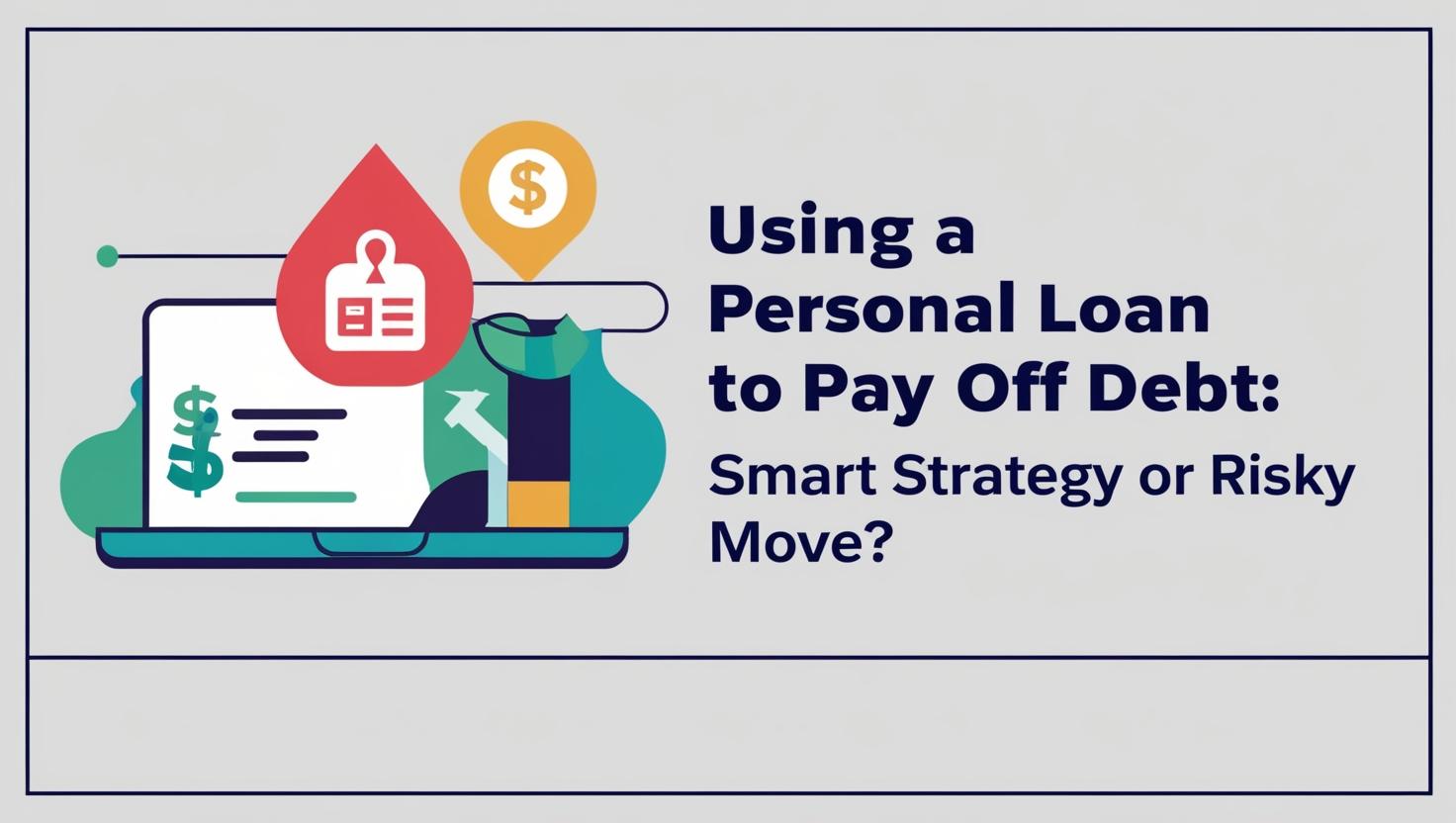Cryptocurrency isn’t just for tech geeks or early adopters anymore. With major companies embracing crypto and millions of everyday investors joining the market, digital assets are reshaping finance. But how do you get started investing in something as volatile and complex as cryptocurrency? In this guide, we’ll walk through everything you need to know—from choosing the right assets to protecting your investments.
What Is Cryptocurrency?
At its core, cryptocurrency is a type of digital money that uses cryptography for security and operates on a decentralized network, typically a blockchain. Unlike fiat currencies (USD, EUR), crypto isn’t controlled by a government or central bank. Instead, transactions are verified by a distributed network of computers.
Some popular cryptocurrencies include:
- Bitcoin (BTC) – the original and most valuable cryptocurrency
- Ethereum (ETH) – known for smart contracts and dApps
- Solana (SOL) – a fast, low-fee blockchain for Web3
- Cardano (ADA) – focused on scalability and sustainability
- Ripple (XRP) – designed for fast, low-cost cross-border payments
Why Invest in Cryptocurrency?
People invest in cryptocurrency for a few key reasons:
1. High Growth Potential
Bitcoin’s price rose from less than $1 in 2009 to over $60,000 at its peak. While past gains don’t guarantee future returns, the potential is clear.
2. Diversification
Crypto offers a non-traditional asset class to diversify a portfolio that might otherwise consist of stocks, bonds, or real estate.
3. Inflation Hedge
Many investors view cryptocurrencies, especially Bitcoin, as a hedge against fiat currency inflation.
4. Innovation and Utility
Projects like Ethereum, Solana, and Avalanche support ecosystems with real-world applications, from finance to gaming.
5. Decentralization and Control
Crypto gives you full ownership over your assets, without the need for a bank or third-party intermediary.
Risks of Investing in Crypto
No investment is without risk, and crypto is riskier than most. Here’s why:
- Volatility: Prices can swing 20%+ in a single day.
- Security Risks: Hacks, phishing scams, and lost private keys.
- Regulatory Uncertainty: Governments around the world are still figuring out how to regulate crypto.
- Lack of Insurance: Most crypto isn’t FDIC-insured like a traditional bank account.
- Market Manipulation: Whales and pump-and-dump schemes can distort prices.
How to Get Started with Crypto Investing
1. Educate Yourself
Before you put money in, understand what you’re investing in. Learn about blockchain, market dynamics, and the projects you’re interested in.
2. Choose a Reputable Exchange
Pick a crypto exchange with a good track record, solid security, and a user-friendly interface. Top options include:
- Coinbase
- Binance
- Kraken
- Gemini
3. Set Up a Wallet
A cryptocurrency wallet stores your private keys. Options include:
- Hot wallets (online): MetaMask, Trust Wallet, Coinbase Wallet
- Cold wallets (offline): Ledger, Trezor
4. Decide What to Buy
Start with established cryptocurrencies like BTC and ETH. If you’re feeling adventurous, explore altcoins with strong communities and real utility.
5. Start Small
You don’t need thousands of dollars. Many platforms let you start with as little as $10.
6. Use Dollar-Cost Averaging (DCA)
Invest a fixed amount at regular intervals (e.g., $100 per month) to reduce the impact of volatility.
7. Secure Your Assets
- Use two-factor authentication (2FA)
- Don’t share your seed phrase
- Store large amounts in cold wallets
Long-Term vs Short-Term Investing
There are two main strategies in crypto:
Long-Term (HODLing)
- Buy and hold for months or years
- Less stress, less trading
- Common for Bitcoin, Ethereum, and other top coins
Short-Term (Trading)
- Requires more time and skill
- High risk, high reward
- Includes day trading, swing trading, and using leverage
Most beginners are better off starting with long-term investing.
Evaluating Cryptocurrencies: What to Look For
Not all crypto is created equal. Before investing, consider:
1. Use Case and Utility
Does the project solve a real problem?
2. Team and Development
Are the developers reputable and active?
3. Community and Adoption
Strong communities often lead to long-term success.
4. Tokenomics
How are tokens distributed? Is there a hard cap?
5. Roadmap and Partnerships
Is the project progressing? Any notable partners?
Taxes and Regulations
In the U.S.:
- Crypto is taxed as property
- You owe capital gains tax when you sell at a profit
- Even trades between coins count as taxable events
Globally:
Regulations vary by country. Some are crypto-friendly (El Salvador, Portugal), while others restrict or ban it (China).
Always keep records of your transactions. Consider using tax software like Koinly or CoinTracker.
Common Crypto Investment Strategies
1. Buy and Hold (HODL)
Hold assets through market ups and downs.
2. Staking
Lock up coins like ETH or ADA to earn passive income.
3. Yield Farming
Provide liquidity to DeFi protocols for rewards (high risk).
4. Index Investing
Use crypto index funds to spread risk across many assets.
5. Speculative Altcoin Investing
Invest in lesser-known projects with high upside (and high risk).
Staying Safe in Crypto
Red Flags to Avoid:
- Guaranteed returns (there are none)
- Celebrity endorsements
- Projects with anonymous or unverifiable teams
- Token launches with no clear utility
Security Best Practices:
- Never store large amounts on exchanges
- Don’t click unknown links
- Backup your wallet securely
The Future of Crypto Investing
The landscape is rapidly changing. Trends to watch:
1. Regulated Crypto ETFs
Approval of Bitcoin and Ethereum ETFs will give traditional investors easier access.
2. Tokenization of Real Assets
Real estate, stocks, and art are being tokenized and traded on blockchain.
3. Integration with Traditional Finance
Banks and brokers are offering crypto products.
4. Decentralized Finance (DeFi)
More advanced tools for lending, borrowing, and trading.
5. Web3 and Metaverse
Crypto will power decentralized apps and digital economies.
Final Thoughts
Investing in cryptocurrency can be exciting and profitable—but also risky. Education and preparation are key. Start small, do your research, and never invest more than you can afford to lose.
As the market matures and adoption grows, smart investors who build a solid foundation now could be well-positioned for long-term gains. The crypto world is vast, fast-moving, and full of potential. Whether you’re looking to make your first purchase or expand your portfolio, now is a great time to get involved.
Keywords: cryptocurrency investing, crypto for beginners, Bitcoin, Ethereum, crypto strategy, how to invest in crypto, risks of crypto, best crypto wallet, secure crypto investing, cryptocurrency guide 2025, crypto tax, DeFi investing, long-term crypto strategy, beginner crypto tips






